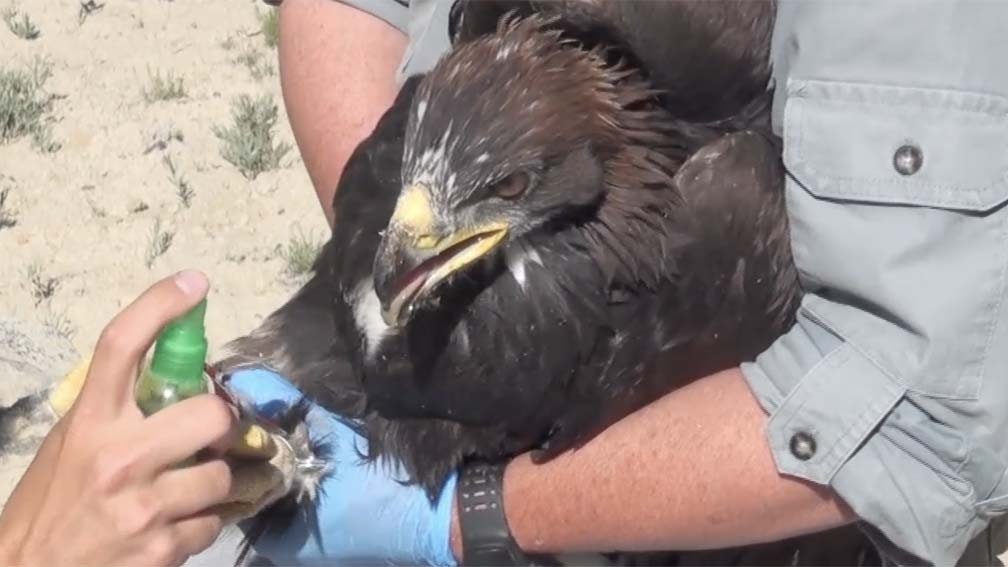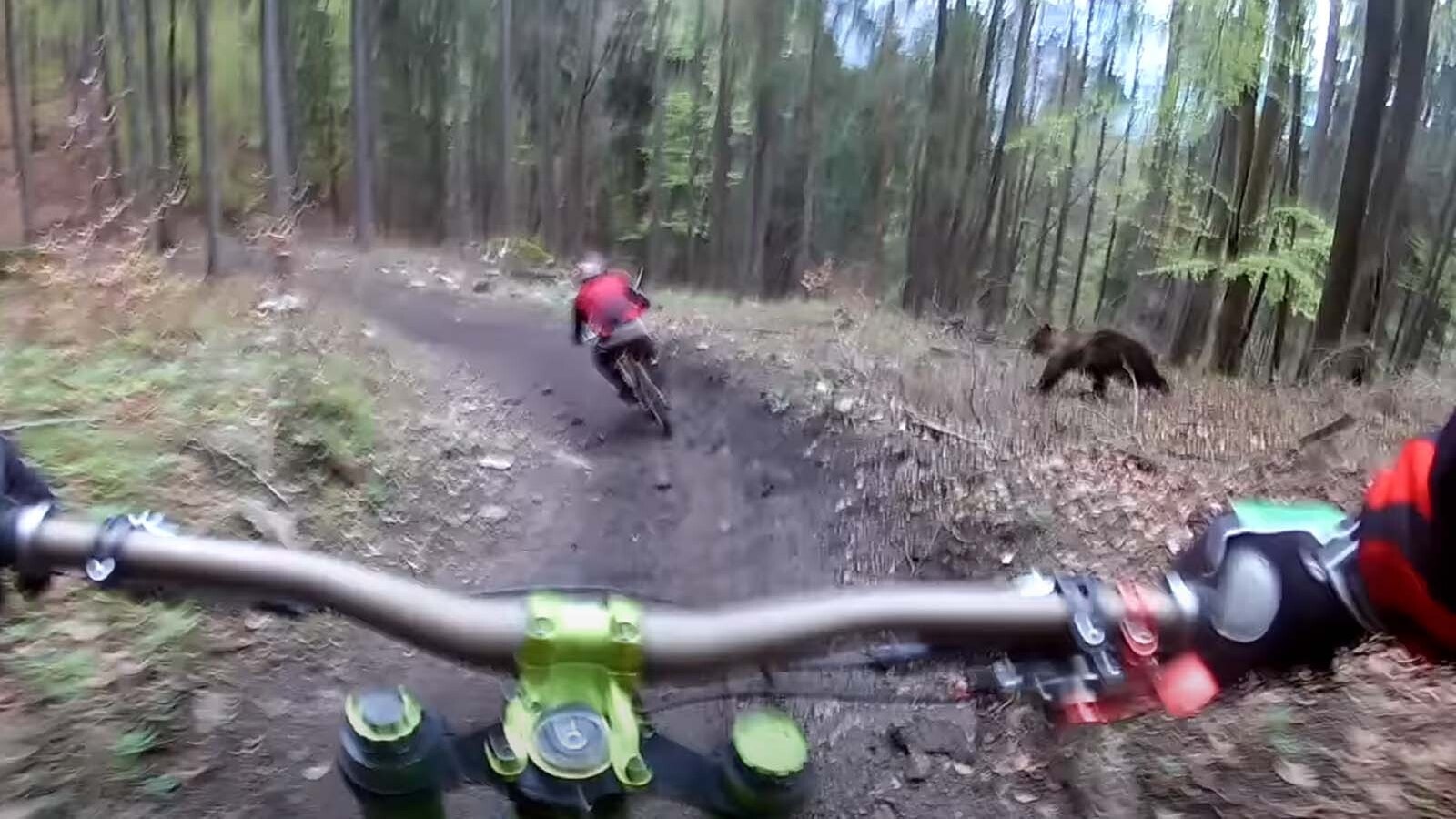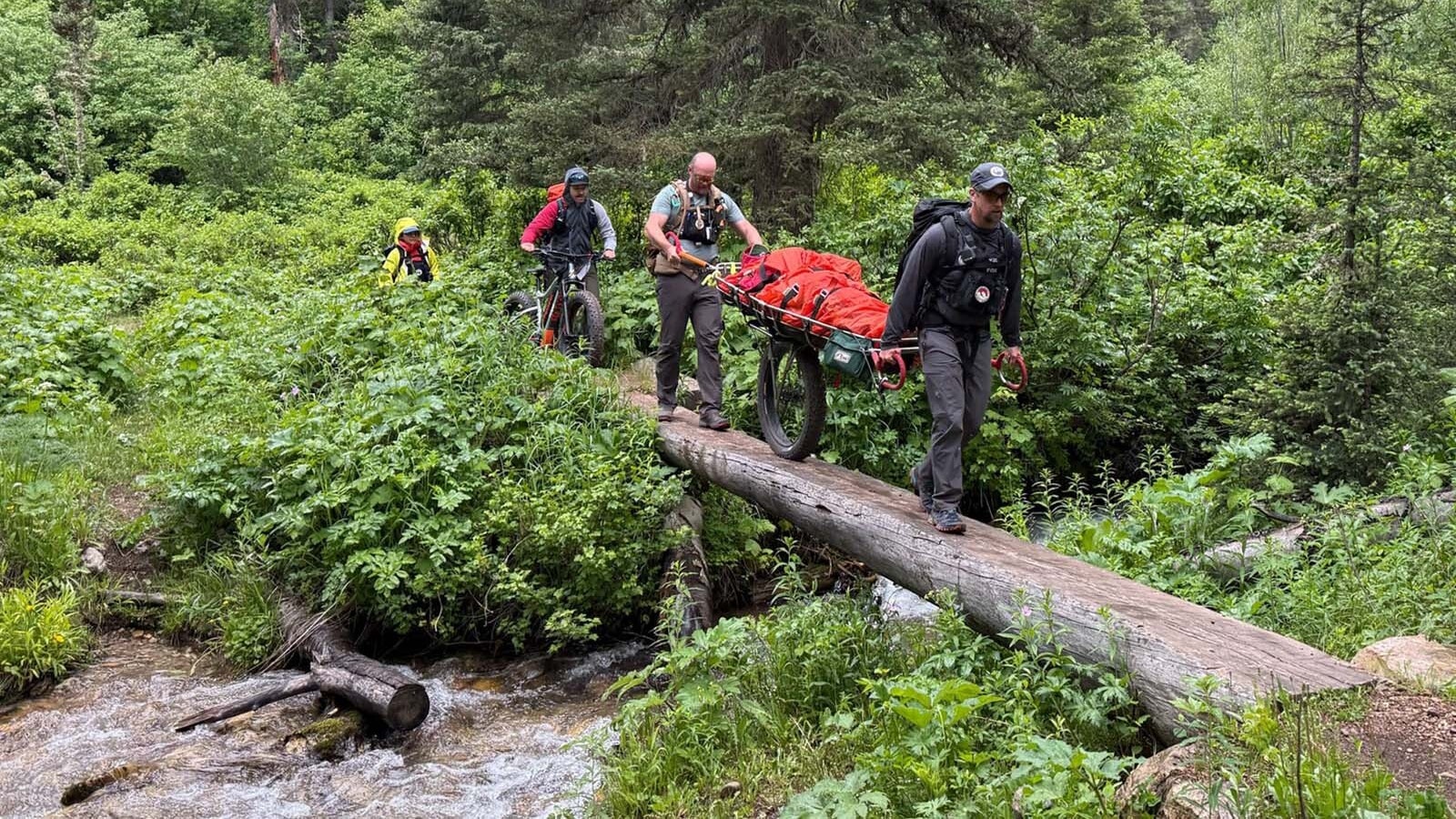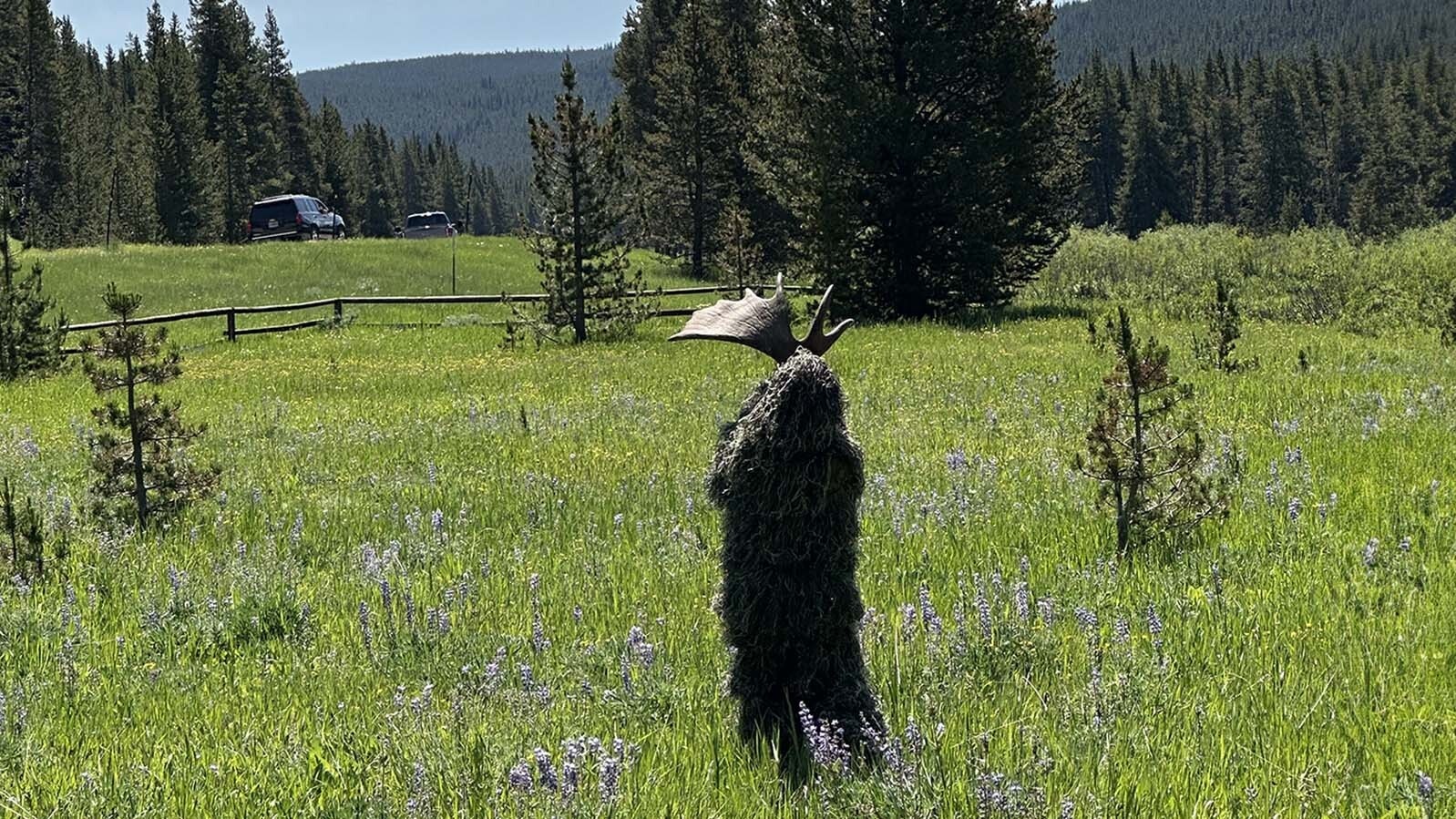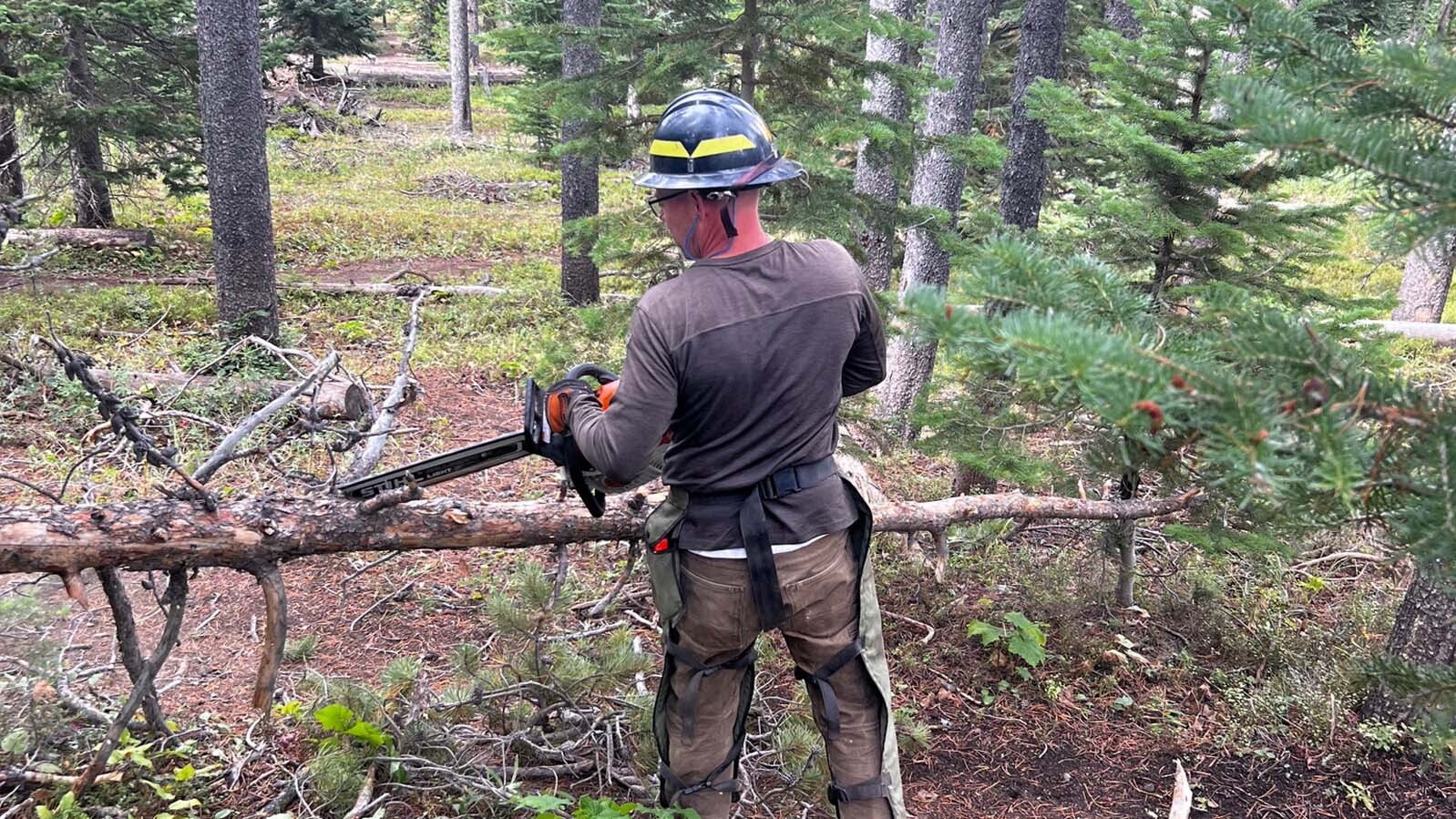Researchers in Park County are keeping an eye on golden eagles in the Big Horn Basin as an indicator of the health of the area’s ecosystem.
According to biologists, the golden eagle is a species of greatest conservation need because of the rapidly changing conditions of its primary habitat.
Dr. Charles Preston is the curator emeritus for the Draper Museum of Natural History at the Buffalo Bill Center of the West in Cody. For the last 12 years, his staff and a group of volunteers have been keeping a close eye on the golden eagle population in the Big Horn Basin.
“Because raptors are the top of the food chain – and, so they give us an idea of what’s going on with the ecosystem,” Preston said. “And I’m really interested in ecosystem dynamics, how ecosystems change through time. Raptors give me a good window into that.”
Each year, select birds are banded, measured, weighed and their general condition is determined. This year, feathers were collected from the golden eagles as well.
The team also collects the remains of prey found in the eagles’ nests to study how what they eat affects their reproductive cycles.
Data from the study will be stored in the McCracken Research Library at the Buffalo Bill Center of the West in Cody for the public to access.
But it’s not just the predator-prey relationship that the study has focused on, according to Preston. People are also a large part of the equation.
“It’s important to understand how our activities affect, both positively and negatively, the wildlife,” he said. “Because almost everybody wants to maintain a healthy wildlife population and community.”
Preston noted that continuous, long-term research is the key to this study – especially for a species like the eagle.
“Because things change from year to year, whether it’s weather, or prey abundance, or landscape, those changes are important,” Preston said. “So just a couple of years, a snapshot in time might be valuable for one thing, but it doesn’t give you a big picture.”
With the advancements of wind farms and other energy development, an increase in outdoor recreation, and residential construction encroaching on the birds’ habitat, Preston said studies like this one will continue to provide valuable information.

